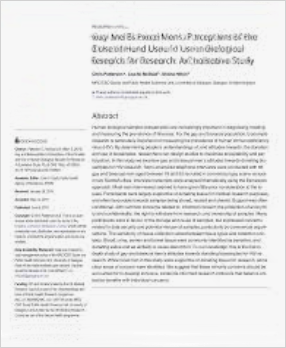A Rapid Method for Detecting Autophagy Activity in Live Cells Using Cellometer Image Cytometry
Autophagy: Cancer, Other Pathologies, Inflammation, Immunity, Infection, and Aging Leo Li-Ying Chan, Ning Lai, Dee Shen, Alisha R. Wilkinson, Wayne Patton, Eric Chan, Dmitry Kuksin, Bo Lin and Jean Qiu
Autophagy is a highly regulated and complex process that plays an important role in cellular functions such as maintaining the amino acid pool during starvation, recycling of damaged proteins and organelles, and clearing intracellular microbes. The current autophagy detection methods include fluorescence microscopy, biochemical measurement, SDS-PAGE, and Western blotting, but they are time-consuming, labor-intensive, and require much experience for accurate interpretation. Autophagy can also be analyzed on standard flow cytometers; however, they are relatively expensive and require a considerable amount of maintenance. In this work, we demonstrate a novel image cytometry method using the Cellometer image cytometer and Cyto-ID Green dye for autophagy detection in living cells. This method is validated by comparing the macroautophagic activities induced by starvation measured with image and flow cytometry. Results demonstrate similar autophagic responses, but are different in the level of fluorescence intensity changes, which may be due to the different analysis methods of the two instrument platforms. We also demonstrate the capability for drug discovery applications through the autophagy analysis of rapamycin- and tamoxifen-induced dose–response kinetics. The described image cytometry method can be a useful technique to support autophagy-based drug discovery relating to various pathological disorders.

